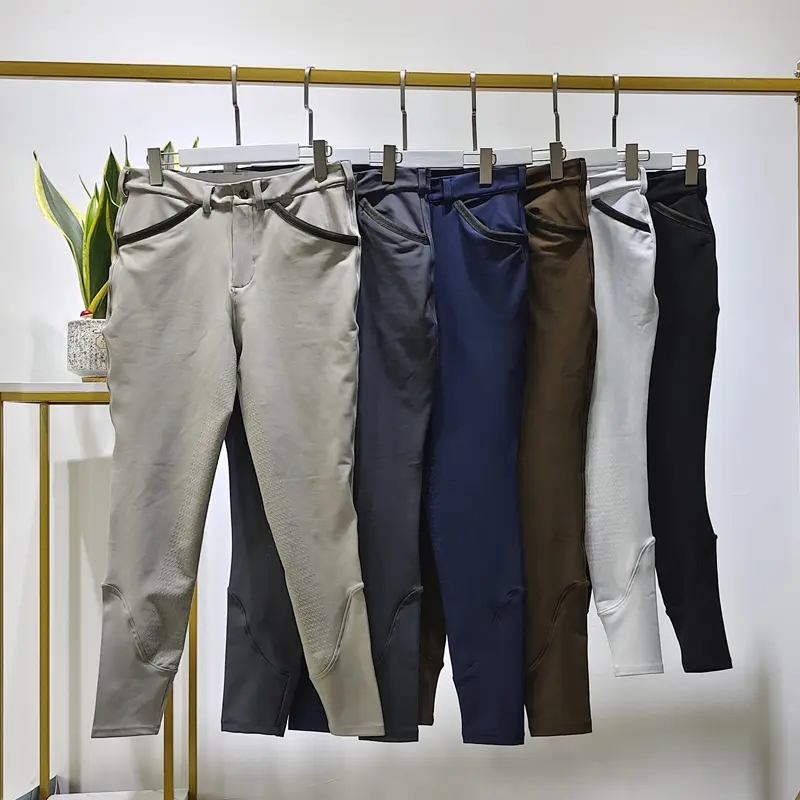Demand for wool-making outdoor sportswear is rapidly increasing
In recent decades, outdoor enthusiasts have increasingly turned to synthetic fabrics for their clothing. However, today's wool—especially merino wool—is finer, lighter, and more durable than traditional wool. As demand for outdoor sportswear continues to grow, more manufacturers are exploring eco-friendly wool options. This shift is evident as many outdoor brands are now highlighting Merino Wool in their product lines. Chris Hirsch from ParagonSports, a major sporting goods distributor in New York, notes that leading manufacturers are now competing to secure merino wool supplies because garments made from it can easily pair with jeans, slacks, or skirts, offering both functionality and style.
Currently, 50% of all types of sports undergarments are made from wool. One of the key advantages of wool clothing is its ability to resist odors, which is especially valuable for outdoor adventurers who often wear the same clothes for several days. Jack Jefferson, who runs several hunting camps in Wasilla, Alaska, shared his experience: "When I wore synthetic clothing for five straight days, I could smell the odor building up. But when I switched to wool-based outdoor gear, I wore the same clothes for ten days and still had no smell. In fact, I ended up being the one who smelled worse."
Environmental concerns are also driving the trend. Supporters of wool argue that it’s more sustainable than synthetic materials. Jerry Mu, founder and CEO of Icebreaker, explains that synthetic fabrics require oil extraction and complex chemical processes, whereas wool production has a much smaller environmental footprint. In the 1980s, wool was the go-to fabric for outdoor activities. The rise of synthetic fabrics changed that, as they were not only wrinkle-resistant but also offered better moisture-wicking and quick-drying properties.
Merino wool began making a comeback six years ago. Initially, sales of merino wool outdoor products struggled, as many outdoor enthusiasts found the fabric uncomfortable. However, as environmental awareness grew and wool technology improved, sales started to pick up. Despite this progress, the high cost of wool clothing remains a barrier to wider adoption. According to industry data, merino wool outdoor apparel is 30% to 50% more expensive than synthetic alternatives. For example, Patagonia sells a synthetic fiber undershirt for $40, while the same line using merino wool costs $90.
As consumers become more conscious of sustainability and performance, the future of merino wool in the outdoor market looks promising, despite the price challenge.

The Men's Horse Riding Legging have been designed with four way stretchy fabric and Pockets add decorative strip design which can break the single sense, highlighting the beauty of fas.
The equestrian breeches with excellent moisture wicking characteristics within the highly breathable materials, these Horse Riding Tights are crafted to provide superior comfort.
The Man Jodhpurs are designed anti-slip silicone at the head of the inner trousers which have effective anti- slip, free movement when the riders are riding.

Men Jodhpurs,Male Riding Tights,Mens Horse Riding Jodhpurs,Men Riding Tights
Guangzhou Muxin Sporting Goods.Ltd. , https://www.muxinsports.com